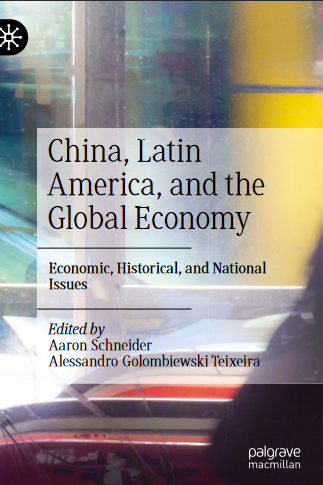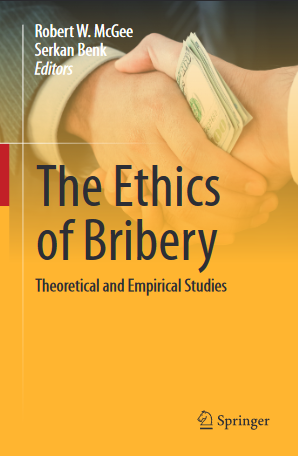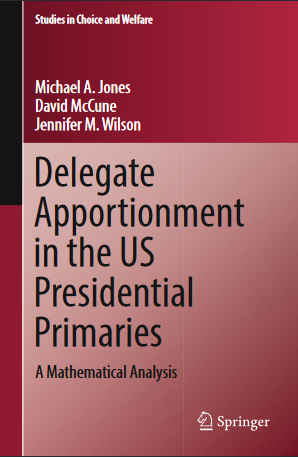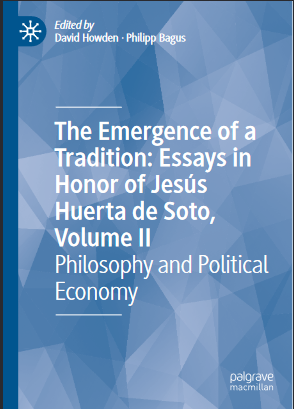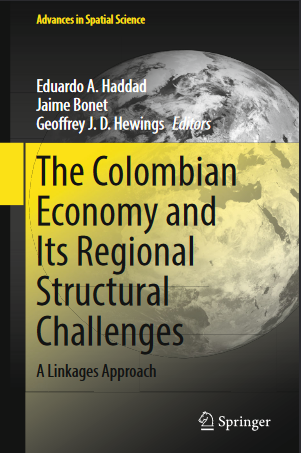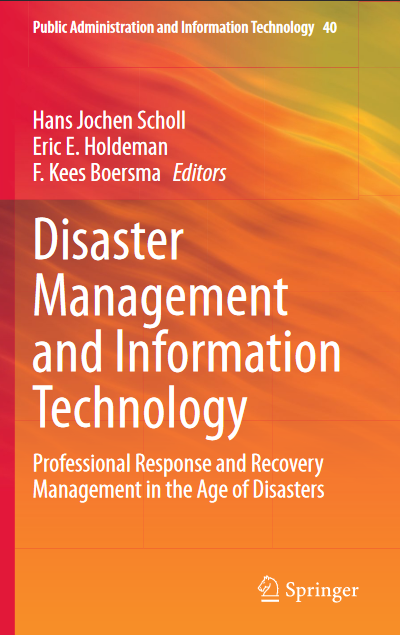موضوعات
آموزش و پرورش
ادبیات و زبان
پزشکی، دندانپزشکی و داروسازی
تاریخ و جغرافیا
داستان و رمان
دیگر
دین و فلسفه
روانشناسی
ریاضیات و آمار
سلامتی، تناسب اندام و رژیم غذایی
شیمی و پلیمر
علوم اجتماعی و حقوق
علوم زیستی و بیوتکنولوژی
فیزیک و نجوم
کامپیوتر و اینترنت
کتابهای کودکان و داستان
کسب و کار و اقتصاد
کشاورزی و دامپزشکی و غذا
معماری
مهندسی و فناوری
هنر و تئاتر
محصولات
The Emergence of a Tradition: Essays in Honor of Jesús Huerta de Soto, Volume I Money and the Market Process - Original PDF
نویسندگان: خلاصه: housands of leaflets rained down on the theater goers. The Spanish civil war had just ended and there was as much uncertainty as to Spain’s future as ever. The military dictatorship of El Generalissimo Francisco Franco had held strong power over the country since the war’s end in 1939. Dissenters existed, quietly for the most part, biding their time until the country would be prepared for another change of power. Among these dissenters were the communists and their sympathizers. But other claims to the Spanish government also existed. For Jesús Huerta Ballester the obvious and rightful claimant was Don Juan, the count of BarChina, Latin America, and the Global Economy Economic, Historical, and National Issues - Original PDF
نویسندگان: خلاصه: CHAPTER 1 Introduction Alessandro Golombiewski Teixeira and Aaron Schneider China has sought to occupy a more prominent global position without upsetting existing international relationships. This has been especially true in Latin America, where the US continues to dominate regional relations as a result of geographic proximity and historical engagement, among other reasons. Still, China is already the top trading partner or among the top trading partners for every country in the region, espe- cially as Chinese growth outpaced the West in the aftermath of the 2008 financial crisis, and China has continued to act as the motor for the international economy after the onset of the 2019 pandemic. Increas- ingly, Chinese capital rivals Western-dominated multilateral, bilateral, and private lenders and investors in the region. To make sense of Chinese “going out” and the response from Latin America, the current projecThe Ethics of Bribery Theoretical and Empirical Studies - Original PDF
نویسندگان: خلاصه: he present study is part of a much larger study that examines the ethics of bribery and tax evasion. The bribery studies consist (so far) of two books (McGee & Benk, 2023a; McGee & Benk, 2023y) and many articles and book chapters. Summaries of 28 studies (McGee, 2023a), 24 studies (McGee, 2023b), 44 studies (McGee, 2022a), and 80+ studies (McGee, 2022b) are also available. The tax evasion studies started in 1994 (McGee, 1994) and picked up speed in 1998 when the first book in the tax evasion series was published (McGee, 1998). The second book in the series was published in 2012 (McGee, 2012a). Two more books were recently added to the tax evasion collection (McGee & Shopovski, 2023a, b). Many articles and book chapters on the ethics of tax evasion have been published over the years. Summaries of many of them are available. There are sum- maries of 49 studies that used a survey template that usually consisted of 18 state- ments starting with the phrase, “Tax evasion is ethical if ...” (McGee, 2012b). Another study summarized 23 studies that used World Values Survey data (McGee, 2012c). Other studies summarize 3 studies (McGee, 2012d), 21 studies (McGee, 2022c), 35 studies (McGee, 2022d), 60+ surveys (McGee, 2022e), 70+ theoretical and empirical studies (McGee, 2022f), 100+ studies (McGee, 2022g), 80+ studies (McGee, 2022h), 34+ studies (McGee, 2022i), and 44+ studies (McGee, 2022j). Part II of the book addresses attitudes toward bribery from different religious perspectives. The first chapter in this section provides a comparative study of reli- gious attitudes toward bribery (McGee et al., 2023a). There are also chapters that report on attitudes of Christians (McGee et al., 2023b), Muslims (McGee et al.Delegate Apportionment in the US Presidential Primaries A Mathematical Analysis - Original PDF
نویسندگان: خلاصه: The purpose of this book is to examine the mathematics of the delegate allocation process in the US presidential primaries. The US presidential primaries are a series of state elections held every four years that determine the Democratic and Republican Parties’ nominees for president in the general election. Presidential candidates in each party are awarded delegates based on their shares of the vote in each state contest. At the end of the primary season, each party holds a national convention. The candidate with a majority of state delegates, after one or more rounds of voting, is selected to be the party’s nominee for president. From a mathematical standpoint, the question of how to allocate delegates is largely a problem of apportionment. Apportionment problems arise when a fixed quantity (such as a number of delegates) must be divided among several constituents (such as candidates) in proportion to some attribute (such as vote share), so that each portion is a whole number. Since delegates are individuals and cannot be divided, their allocation is a matter of apportionment. Apportionment or similar allocation problems occur at multiple stages in the delegate selection process from determining how many delegates each state receives, and how they should be divided between statewide and district delegates, to determining what happens after each primary when the delegates must be awarded to the candidates based on how well they do in the election. Apportionment has been well-studied in the context of allocating state represen- tatives to the US House of Representatives in proportion to state populations. It has also been widely analyzed for its role in proportional representation systems where party seats are awarded to parties based on the vote distribution. It is less well-known in the case of apportioning delegates in the US primaries. Thus the examination of apportionment applied to delegate allocation involves both an identification and anal- ysis of new apportionment methods as well as an evaluation of old and new criteria by which to evaluate their properties. The goal of this book is to do both. We have spent several years researching delegate allocation in presidential primaries and were inspired to write this volume because of the interesting aspects of apportionment arising in this context. The book’s vii viii Preface origin can be traced to 2016, when we observed that the 2016 Georgia Repub- lican party adopted an apportionment method for its state primary that was unique and perhaps the most interesting method we had encountered. This motivated us to investigate the methods used by other state parties, many of which are new, and to consider how the allocation of delegates is affected by elimination thresholds—the minimum levels of support required to receive delegates—and the overall structure of the state delegates selection plans in which delegates are apportioned based on vote distributions in each district and statewide. This led us also to consider how the goals of delegate apportionment differ from that of house or party apportionment— most noticeably in that the state primaries occur over time, and that the end result is not political representation but the declaration of a winner. This means that the usual criteria for evaluating apportionment need to be rethought in an effort to deter- mine what features of traditional apportionment theory are most relevant to delegate apportionment and which features are not.The Emergence of a Tradition: Essays in Honor of Jesús Huerta de Soto, Volume II Philosophy and Political Economy - Original PDF
نویسندگان: خلاصه: Only a small minority of people, in our experience, know what Jesús’s full name is. Due to some idiosyncrasies of Spanish naming conventions, this group is dominated by Spaniards. To aid the non-Spanish speaker, a brief explanation of his name is necessary. All Spanish surnames are composed of two parts. The first part is the father’s first surname, and the sec- ond is the mother’s first surname. The general form for all Spanish names becomes [first name] [paternal first surname] [maternal first surname]. Thus, all children have a different surname than their mothers and fathers, though this surname will include elements of both through their respective paternal branches. The children of Juan Garcia Fernandez and Sofia Gonzalez Martin, for example, would all have the surname Garcia Gonzalez. Jesús Huerta de Soto Ballester was born to Jesús Huerta Ballester and Concepción de Soto Acuña. His birth name was Jesús Huerta de Soto, and (after marrying Sonsoles Huarte) his children would have the surname Huerta Huarte. With six children, this linguistically challenging surname would have not been an isolated difficulty. After marriage, Jesús made the decision to legally change the order of his surnames. (This bureaucratic process is not straightforward, nor is it common.) As a result of this change, his first surname, Huerta de Soto, now includes elements of both his father’s and his mother’s names. His second surname, Ballester, is from his father. While the name remains essentially the same (Jesús Huerta de Soto at birth versus Jesús Huerta de Soto Ballester today), the change in ordering meant that the family name passed down to his children would be “Huerta de Soto” instead of “Huerta.” This also applies to their descendants. In all but the most formal situations in Spain, use of only the first surnameThe Colombian Economy and Its Regional Structural Challenges A Linkages Approach - Original PDF
نویسندگان: خلاصه: Preface I have been teaching a Ph.D. course on “Applied General Equilibrium Models” at the University of São Paulo, Department of Economics, since 1999. Over the last editions of the course, the material was built around specific countries or regions, selected to be the object of modeling practices undertaken by the students. This praxis turned out to be very rewarding for the students since they were motivated to apply different techniques to study concrete problems in a common economic system. Throughout this process, they had the opportunity to collaborate among themselves and interact with scholars from the study regions, often generating scholarly publications. We had already worked with countries such as Brazil, Chile, Greece, and Paraguay, and with different regional contexts, especially within Brazil. Colombia had always been a top candidate to receive our attention. Our previous engagement with colleagues from the Centro de Estudios Económicos Regionales (CEER), a research center specialized in Regional and Urban Economics at the Banco de la República— the Colombian Central Bank—provided a unique opportunity to develop a special edition of the course on the country. During a visit to Cartagena in 2019, Jaime Bonet and I finally agreed to use Colombia as the case study in the forthcoming edition of the course. We designed the Colombian edition in innovative and challenging ways, raising the bar for the expected outcomes, including a workshop to be hosted in Cartagena in 20201 and the publication of a volume including the contributions by different authors forming a cohesive unit. We built the activities upon solid coSeasonal Adjustment Without Revisions A Real-Time Approach - Original PDF
نویسندگان: خلاصه: Preface In the 1980s, the first author was asked for information about profit prospects of a number of companies, in order to predict the change of their prices on the stock market. He looked up annual reports and recent interim results of these companies and noted that interim results consisted largely of a comparison of recent quarterly results to those of the same quarter of the preceding year. Moreover, stock prices reacted instantly to the outcomes of these comparisons. He was struck by the fact that these outcomes were frequently predictable: If there had been an up or down in the preceding year’s quarterly result, this would affect the comparison to the recent quarter. If last year’s ups or downs had been large, such as a profit on the sale of a construc- tion, or a depreciation of goodwill, these would be referred to in the comparison of the present quarterly report and would not come as a surprise and have little or no impact on stock prices. But if the market had become used to rising quarterly profits of Company X to the tune of say 1% over the preceding year, then an increment of ‘only’ 0.5% in the recent quarter would have a negative impact on the stock prices. Yet, this slight reduction in the profit’s increment may have its cause not in the present quarter, but in the preceding year or in the preceding few quarters. But then it is predictableDisaster Management and Information Technology Professional Response and Recovery Management in the Age of Disasters - Original PDF
نویسندگان: خلاصه: There is no one single journey when it comes to technology. For those who did not grow up as “digital natives” each has taken their own path in accepting, developing technological skills and expanding them by integrating them into their everyday work environment. Indeed, the journey continues with no hard- set destination before us. We only know that technological development and use of technology continue to expand exponentially with each passing day. What follows is therefore just one American perspective on how the profession of emergency management has adopted technologies over the decades in which the profession has existed. All the while, working daily to plan for, train, and practice for future emergency and disaster response events that are sure to come.The Problem of Property Taking the Freedom of Nonowners Seriously - Original PDF
نویسندگان: خلاصه: CHAPTER 1 Introduction As I went walking, a sign stopped me. On the one side, it said “No Trespassing.” But on the other side, it didn’t say nothing. That side was made for you and me. ... This land was made for you and me. —Woody Guthrie, “This Land Is Your Land” as covered by Remember Alice?1 Any conception of a right—whether legal or natural—has to be recip- rocal in the relevant ethic respect. A nonreciprocal “right” is merely a privilege. A right of self-ownership at least prima facie passes this test. It amounts to saying accept my ownership of my body as I respect your ownership of your body. The highly unequal ownership system that prevails in external assets (i.e., property in anything outside of our living bodies) prima facie fails this test in at least two ways. First, it gives one group control over resources essential to everyone’s survival and therefore, forces the propertyless group to perform services for the property-owning group to survive. Second, it amounts to saying, “You should respect my property for I would respect yours if you had any.آیا کتاب مورد نظر هنوز بر روی سایت قرار نگرفته است؟ جای نگرانی نیست! کافی است بر روی گزینه سفارش کتاب کلیک کرده و درخواست خود را ثبت کنید. در کمتر از چند ساعت کتاب شما را آماده خواهیم کرد.

